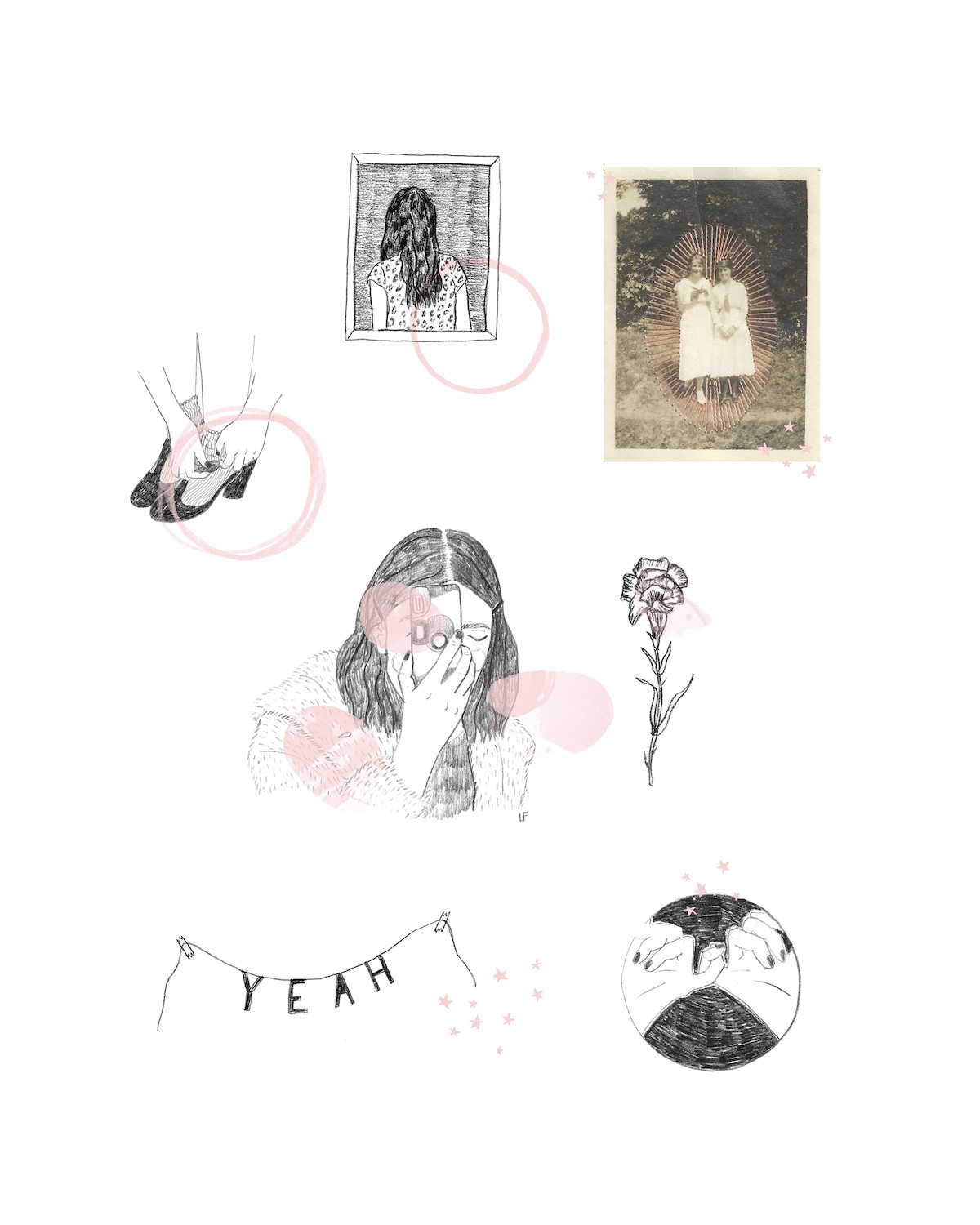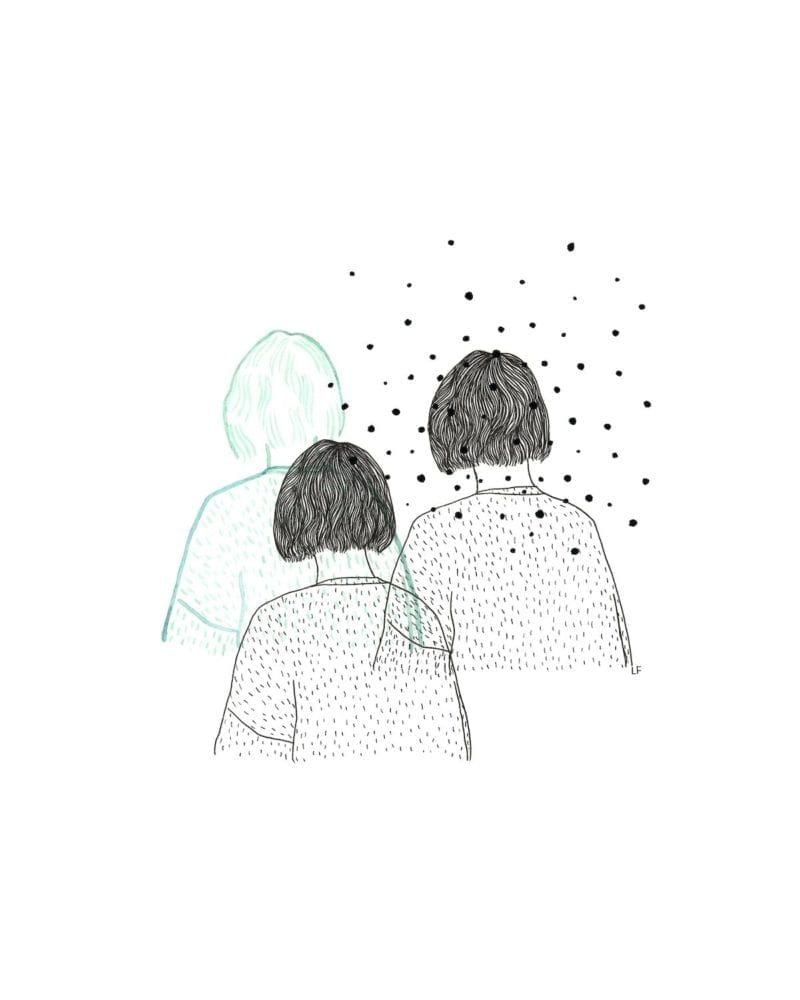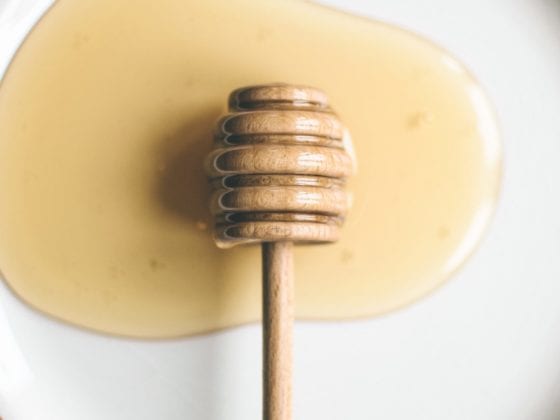Let’s be brutally honest, do you ever feel like you are failing at not comparing yourself to others?
We have all had those thoughts and feelings as we open our social feed and scroll through Instagram, “Wow, she has so many new followers since yesterday [jealous feeling rears her head], but I should happy for her [uncomfortable jealous feelings are pushed down but continue to simmer].”
We continue to peruse and observe, “I can’t believe she is off in England for work again [feelings of longing show up], I wish my work took me to cool places too [now disappointment and jealous are simmering beneath the surface].”
And then we check our latest post, “How come only five people liked my last picture? [Disappointment creeps in], was it not as interesting as the other ones I posted?”
We scroll for 30 more seconds and then close the app. Even though we know that we should not compare our lives to social media, we have trouble brushing off those uncomfortable feelings, and we are feeling slightly less happy and satisfied with ourselves post Insta-scroll.

Of course, we don’t want to fall into the comparison trap.
In fact, whenever we see, “Comparison is the thief of joy” or “Admire another woman’s beauty without questioning your own,” we wholeheartedly “like,” comment with a hands-up emoji and give a silent amen.
But the truth is, not comparing ourselves to others is actually really hard.
Why? Because our brains are wired to evaluate and judge the things we see around us. And it feels like we are fighting an uphill battle because social comparison is a natural part of our human development. So, what this means is that these good-intentioned inspo-phrases just become reminders of how easy it is to fall into, and stay in, the comparison trap unless we dig a little deeper and acknowledge what we are feeling.
It may seem surprising, as the steps we need to take might be counter-intuitive:
1. Notice Your Automatic Thoughts
Let your automatic thoughts come as soon as you notice jealously or disappointment creeping in. In fact, write them down so you can see exactly what you are thinking.
For example, some observations might be, “I wish I had more followers,” or “I wish people were more engaged with what I wrote,” or “People never notice me.” These are immediate and automatic thoughts that we have no control over. Only after we allow these deeper, more vulnerable parts of us to be brought into the light can we actually start to work with them.
2. Acknowledge the Deeper Beliefs
As you look over your automatic thoughts, ask yourself, “What am I believing about myself based on these thoughts?” This process only works if we become honest with ourselves. An answer might be, “I’m going to be a useless writer unless people become more engaged with what I write,” or “I would be happier and more confident if I had more followers.”
3. Identify the Thinking Traps at Work
This step is crucial and liberating because we put our thoughts and beliefs to the test by identifying what they truly are. Every single person falls prey to unhelpful thinking traps, but the problem is when we get stuck in them.
Some common ones include: predicting the future, assuming we can read other people’s minds, thinking only in terms of entirely black or white, overgeneralizing everything to always be a certain way, disqualifying positive things that happen in our life, jumping to conclusions etc. Many of our uncomfortable thoughts fit into those traps, so start identifying which ones you are guilty of.

4. Use Evidence
Bring on the evidence that bolsters and refutes your deeper beliefs (as realized in step 2). For example: What is the evidence that supports you will be a more confident and happier person if you have more followers? What is the evidence that refutes the belief your happiness and confidence will increase based on more followers?
Don’t shy away from the evidence. And, it is almost guaranteed what we’ll find is that we have long lists of evidence that refute our unhelpful and perhaps, a little embarrassing beliefs.
5. Reframe
After all our thoughts and feelings have surfaced and curiously inspected, we can create more balanced thoughts in response to the initial automatic thoughts. Remember to keep these reframed thoughts realistic so that you actually believe them. For example, “It might feel special to be followed by others, but I feel most happy when I feel known and accepted by people who care about me.”
6. Take Action
Follow through with the appropriate and natural response action that needs to be taken.
By allowing all the parts of ourselves, including the envious feelings and uncomfortable thoughts, to be given a voice we can refute the unhelpful or untrue thoughts and can come to live more freely not hindered by thinking traps.
So the next time we notice jealously rearing her head, be curious about what thoughts and beliefs are underlying those feelings. As we embrace the uncomfortable through this aforementioned process, we’ll move beyond the comparison game and become attuned with what we really need and want in life.
What are the most common thinking traps you fall into?
Illustrations via Laura Filas












2 comments
This is so true for jealousy and most other emotions – a relevant read/reminder to anyone no matter how evolved. Thank you for sharing, very well expressed!
I used to feel jealous all the time, of so many people, back in high school. Nowadays I take everything on social media with a grain of salt, and at the most I’d feel envious – but never jealous.
–
Charmaine Ng | Architecture & Lifestyle Blog
http://charmainenyw.com